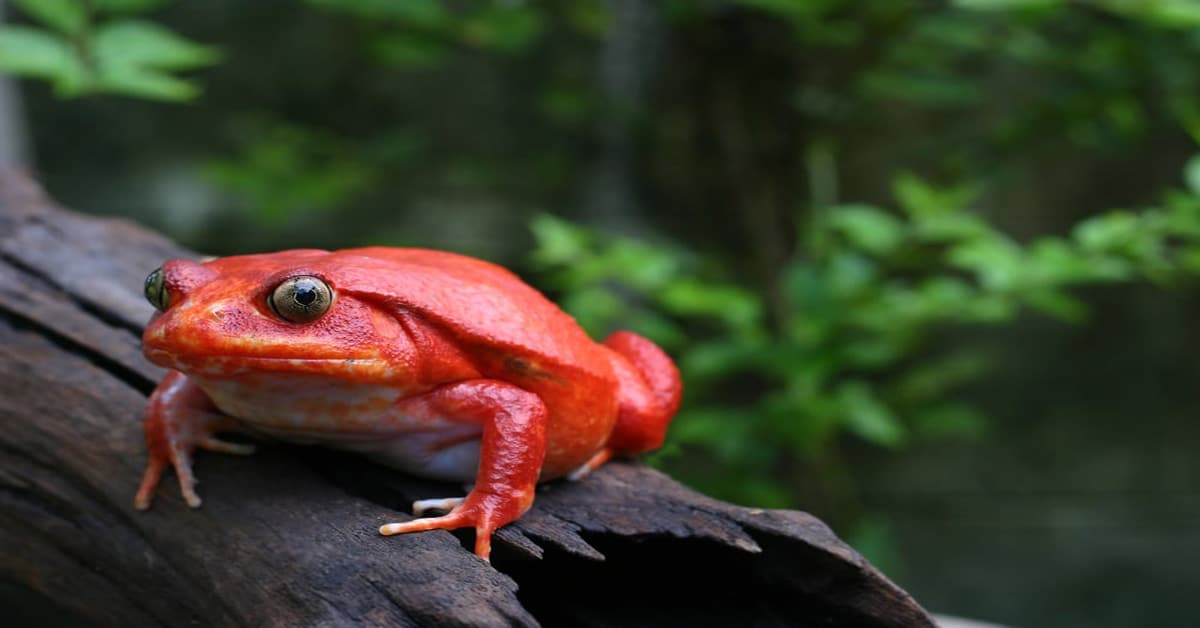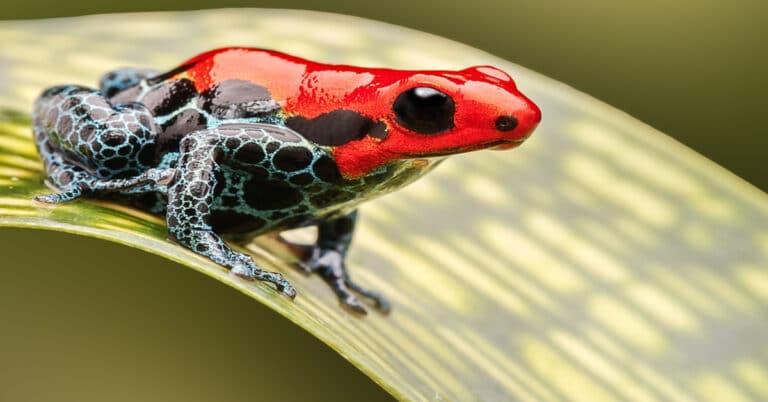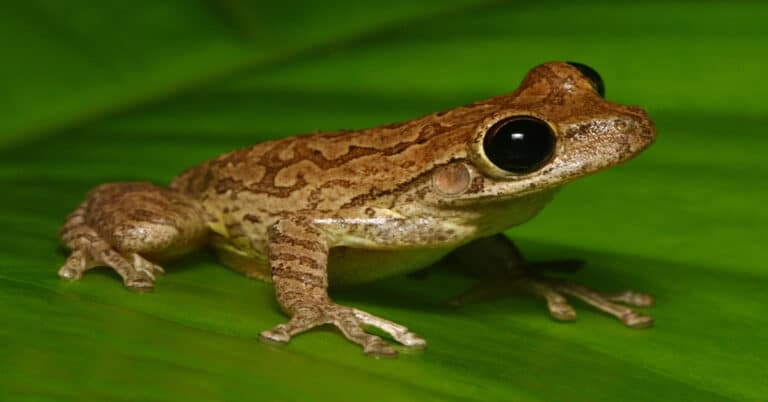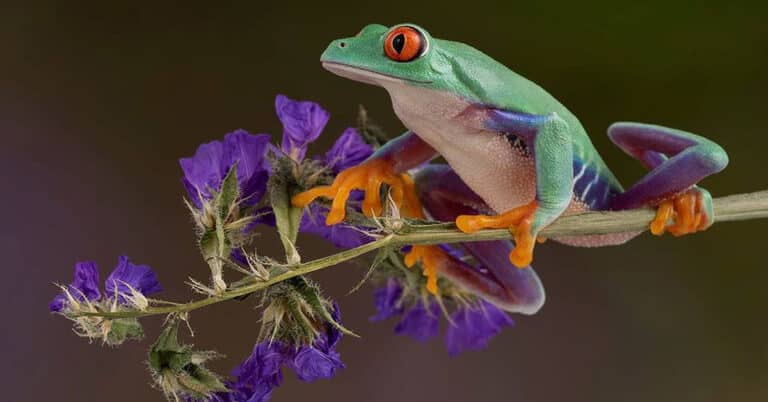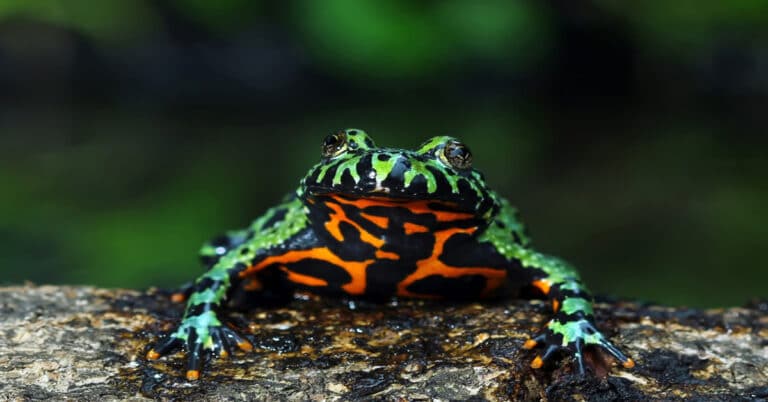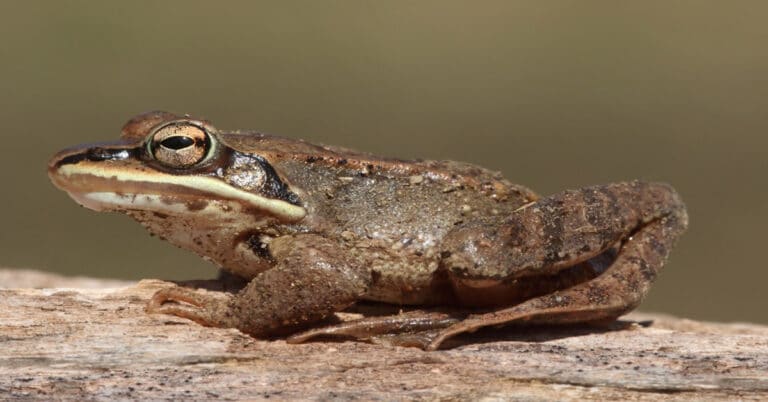Tomato Frog
Care Sheet
| Size: | About 2 to 4 inches |
| Expected Life Span: | Around 6-8 years |
| Lifestyle: | Terrestrial (lives on the ground) |
| Level of Care: | Good for beginners |
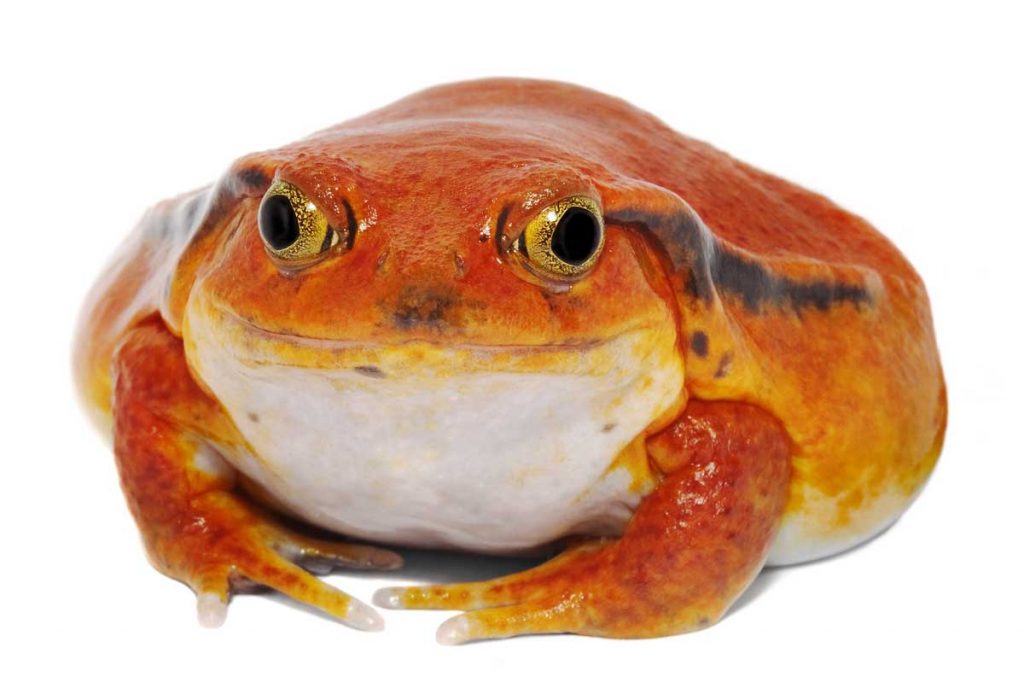
General Appearance:
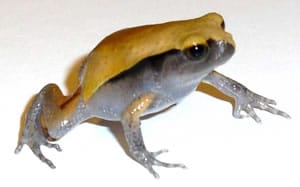
Well known for its bright red color, the Tomato Frog (Dyscophus antongilii) is one of the most colorful species of frogs there are. The back of the frog is usually orangish-red to bright red with yellowish undersides and sometimes black spots on their throats. While males are usually a little orange to brown in color, younger ones are usually a little pale; acquiring their bright colors only once they mature. It is common to buy babies that are more brown in color and grow them into colorful adults.
*Always Wash Your Hands Both Before And After Handling Frogs or their Habitat*
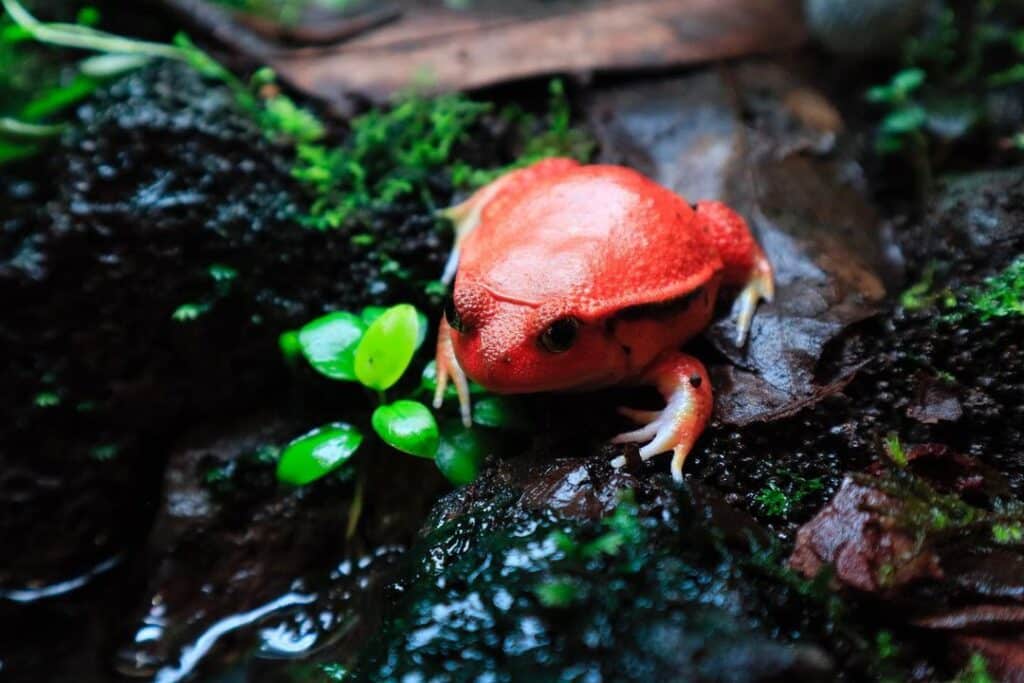
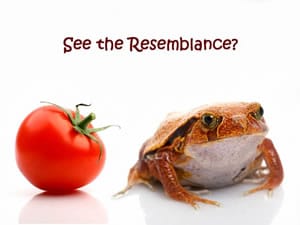
Know your Frog:
Knowing your frog and understanding how to cater to its unique needs is important when you get one as a pet. They are called a ‘pet’ but frogs are not actually a pet you ‘play with.’ Rather, they are to be appreciated in the habitat similar to watching a fish tank.
This beautiful frog is an endangered species in the wild. So make sure you buy one that has been bred in captivity, like ours are.
The Tomato Frog is a primarily terrestrial amphibian, which means they prefer the ground to climbing in trees. In their natural habitat, they burrow into the ground and await unwary insects that might wander close to it. Once within their reach, they grab their victim with their mouths and eat them.
You can tell how happy and healthy your Tomato Frog is by its color. An adult male frog that feels nice and is in good health will show a bright orange coloration while the females will be bright red.
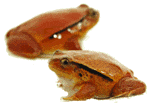
The Tomato Frog has a couple of interesting defense mechanisms. It will ‘play dead’ when stressed. Also, when threatened this frog uses a technique called ballooning- puffing itself up with air and making it seem like a balloon. If this does not scare the predator and it tries to bite the frog, it secretes a white substance that resembles Elmer’s Glue. It is so powerful that it can take a couple of days for the glue to get off the predator’s teeth. While this substance is a toxin it does little harm to humans.
Feeding:
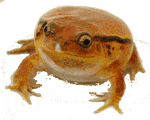
These frogs need to eat 3 to 4 times a week. The Tomato Frogs are not particular on their food…if it moves and they can catch it, they will happily eat it. They do need movement to recognize food, so they will not eat dead food sources. Crickets, worms and other small creepy crawlies form the bulk of the frog’s diet. They have been known to eat small fish like guppies. They can recognize routine –if you feed them at the same time every day you’ll start to find them waiting for their lunch. Any uneaten prey should be removed from the enclosure the next day to prevent dead insects from polluting the frog’s environment. Every-other feeding we suggest you sprinkle a little calcium or multivitamin powder onto the bugs before you drop them into the habitat.
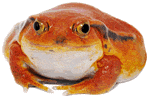
Caring for Tomato Frogs:
First and foremost, remember that your little Tomato Frog is a big jumper…you want to make sure you keep the lid firmly on your frogs habitat at all times.
Temperature: Frogs are cold-blooded, meaning they can’t regulate their body temperature on their own. A heater is not usually necessary as these frogs are comfortable in room temperature, but if your home is cold you should consider a small heat light for extra warmth.
Humidity: These frogs like high humidity. You can help keep the humidity high by using a plant mister to spray the habitat with water once a day or more. Air conditioners lower the humidity of the room so if you have one on, you must give your frog’s habitat a few more sprays of water to make sure he doesn’t get dehydrated. Coconut Husk bedding is good to use because it helps to retain moisture in the habitat.
Cleaning: Make sure the habitat is always clean. If you move the frog into another container to clean his habitat, gently lift him with your fingers being careful not to poke, pinch or squeeze him. You must also be very careful when you clean your Tomato Frog’s habitat. They are extremely sensitive to soaps and detergents. Using only hot water, rinse the habitat and décor. Remove dirty substrate bits or replace the entire substrate. Always wash your hands after handling the habitat contents.
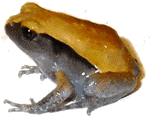
What if I can no longer care for my Frog?
These frogs live a long time. If there’s ever a reason you can no longer take care of it, please do not release the frog outside. He can not survive outside temperatures and he may not have learned to hunt on his own. Some suggestions: find a friend or neighbor who would like a pet frog, or donate it to a school for a wildlife display, or give it to a local pet shop who can possibly find it a home.
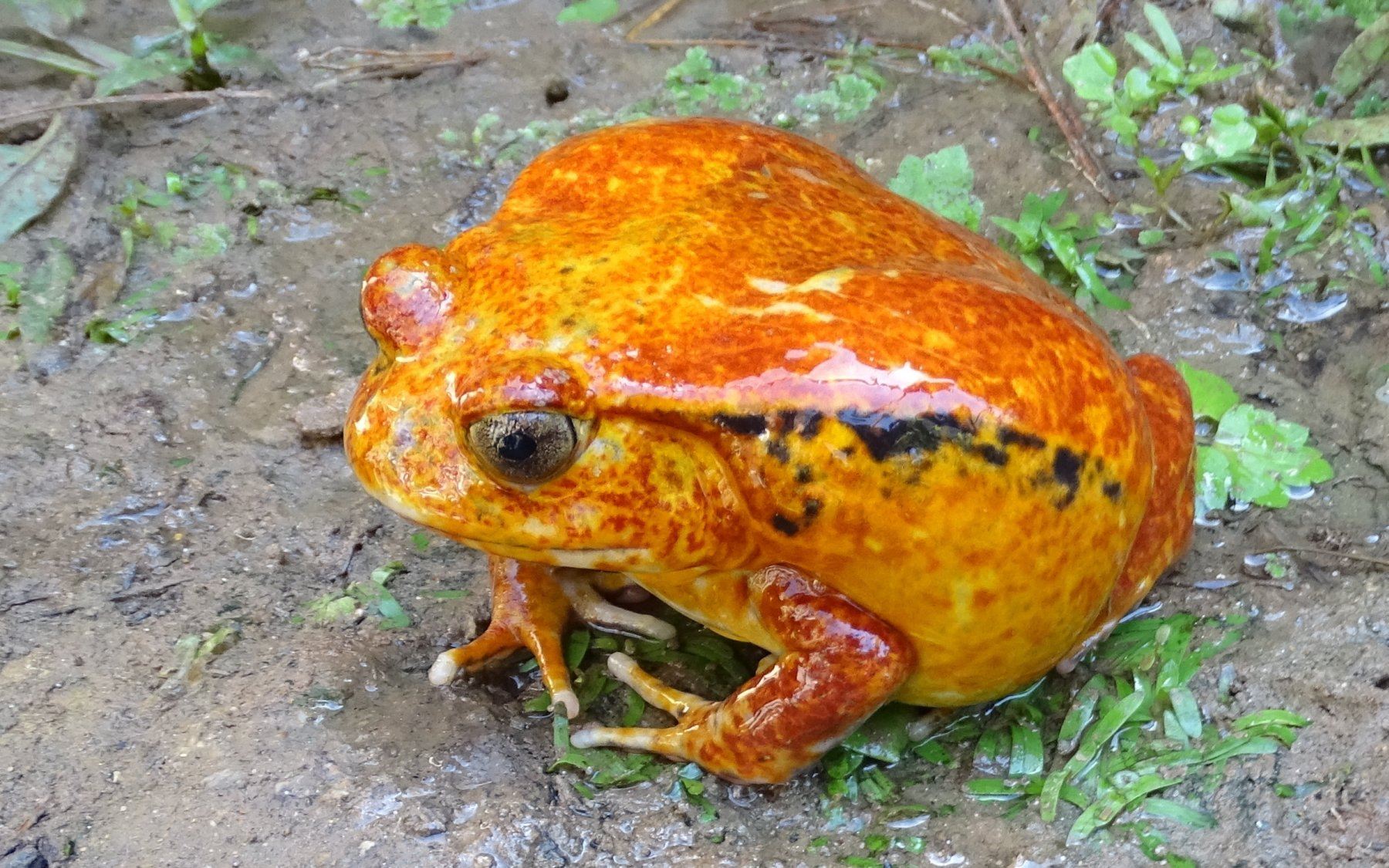

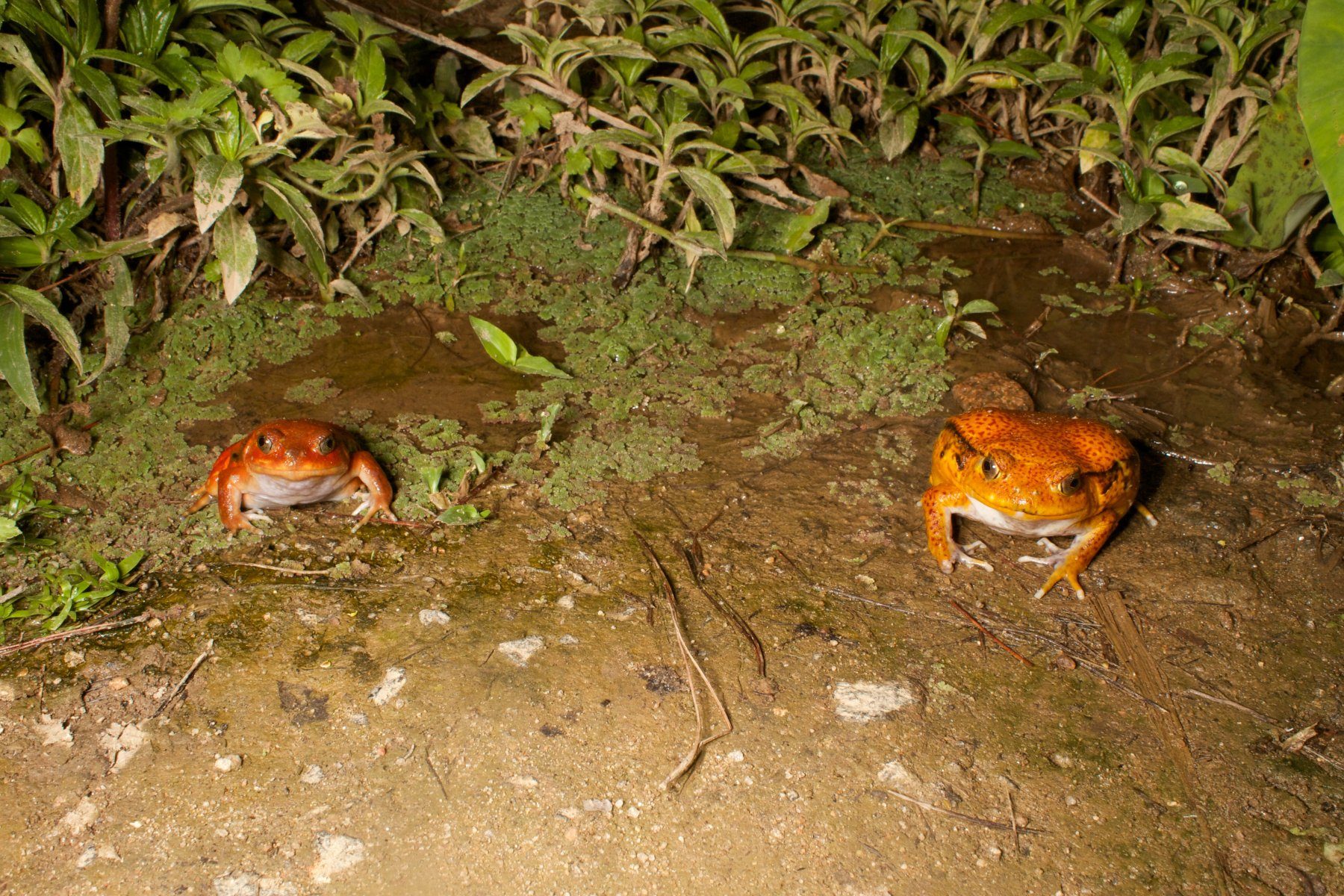
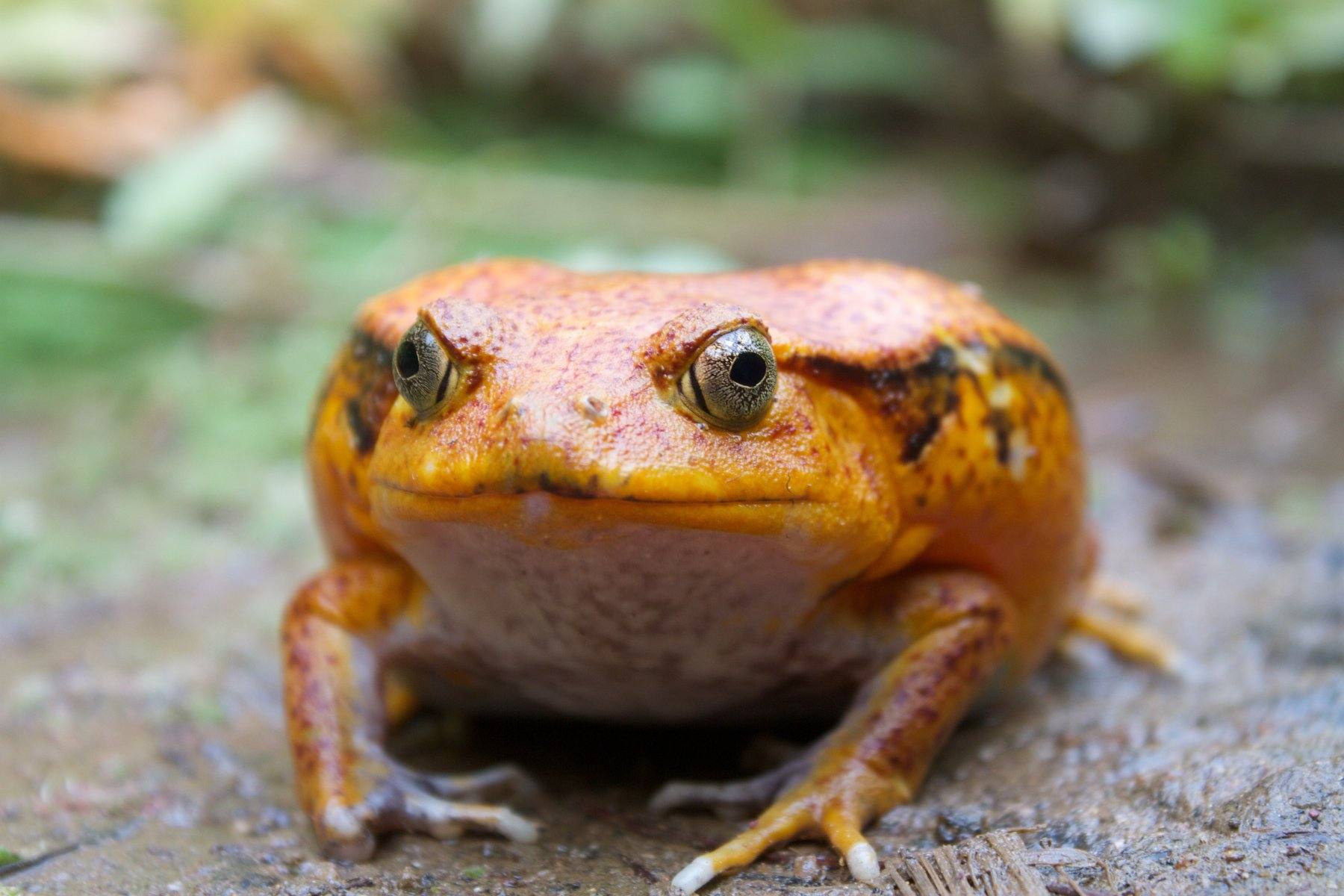
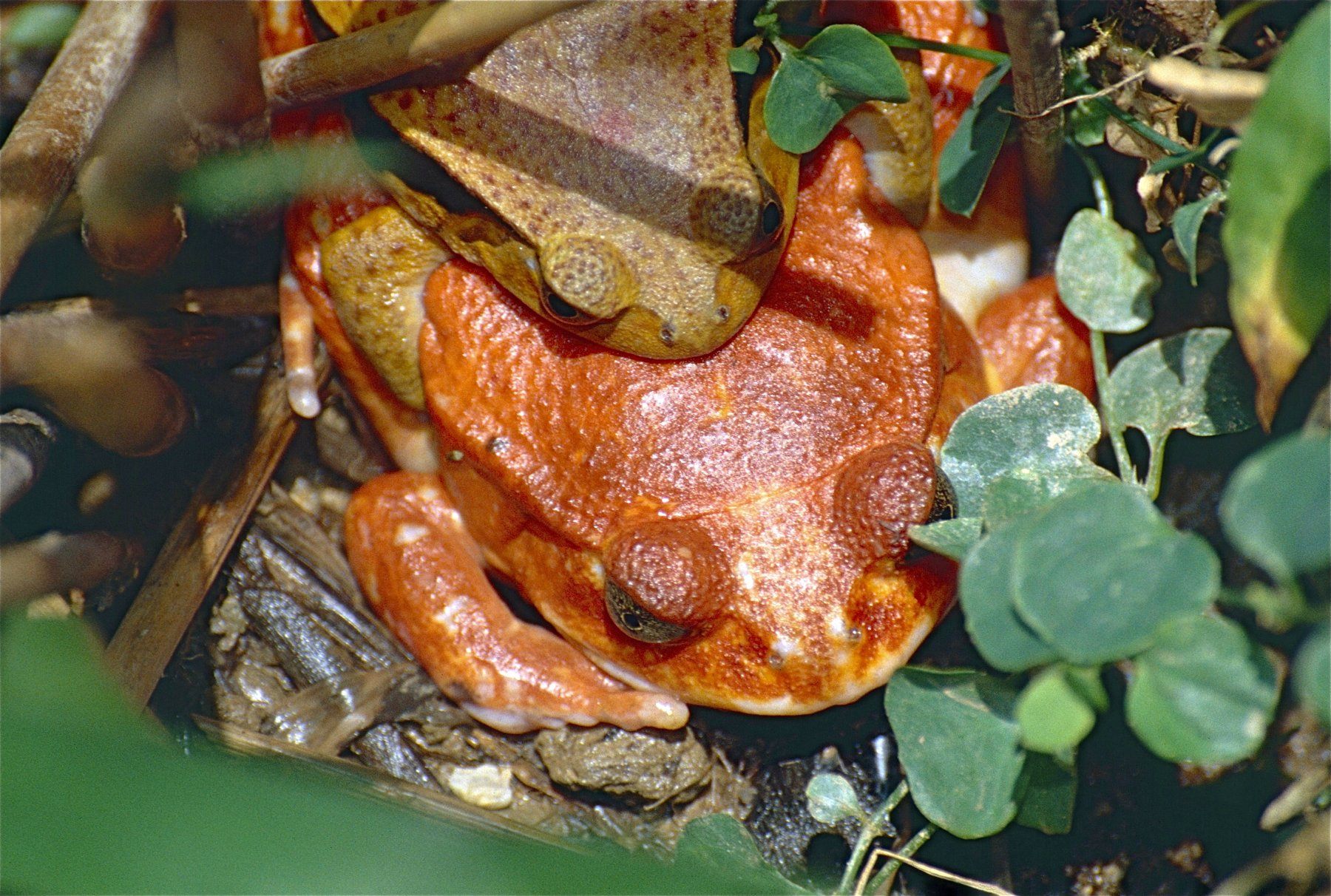
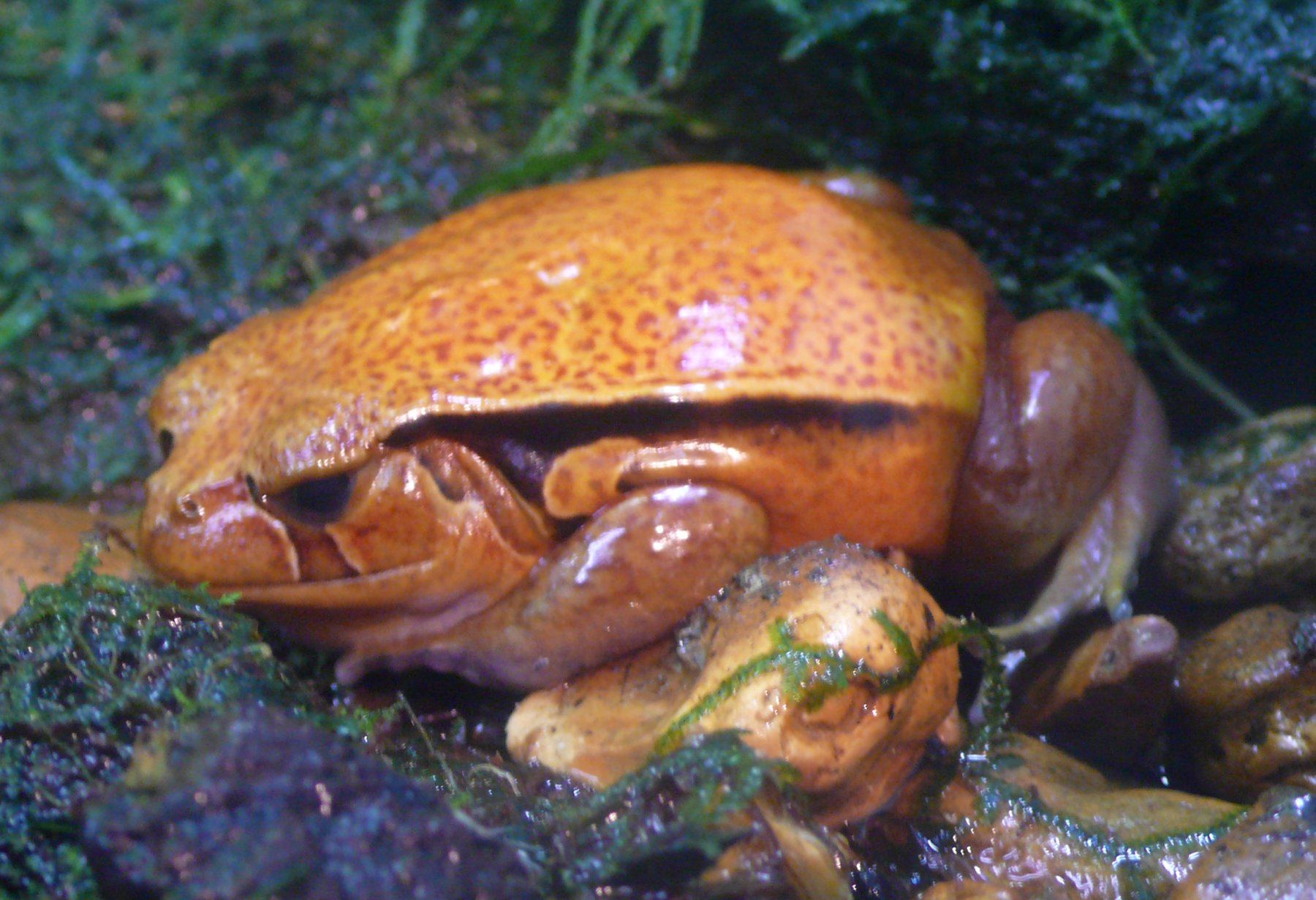

Having discovered a fondness for insects while pursuing her degree in Biology, Randi Jones was quite bugged to know that people usually dismissed these little creatures as “creepy-crawlies”.

